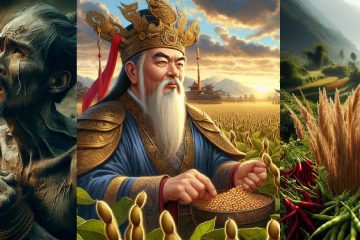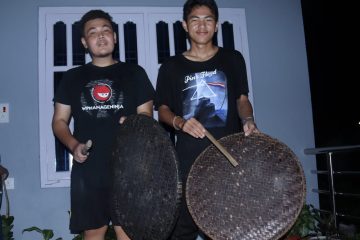In ancient times, a terrible epidemic disease spread throughout the villages of Sawayet Hang. The lack of medical treatment and other resources to combat the disease intensified the suffering of the people living in the affected areas. Among those who succumbed to the illness were the sons and daughters of Kettin Hangba, Kettinma, Khambongba, Lungbongba, and Henbongba, totaling eight deaths in the morning and nine in the evening.
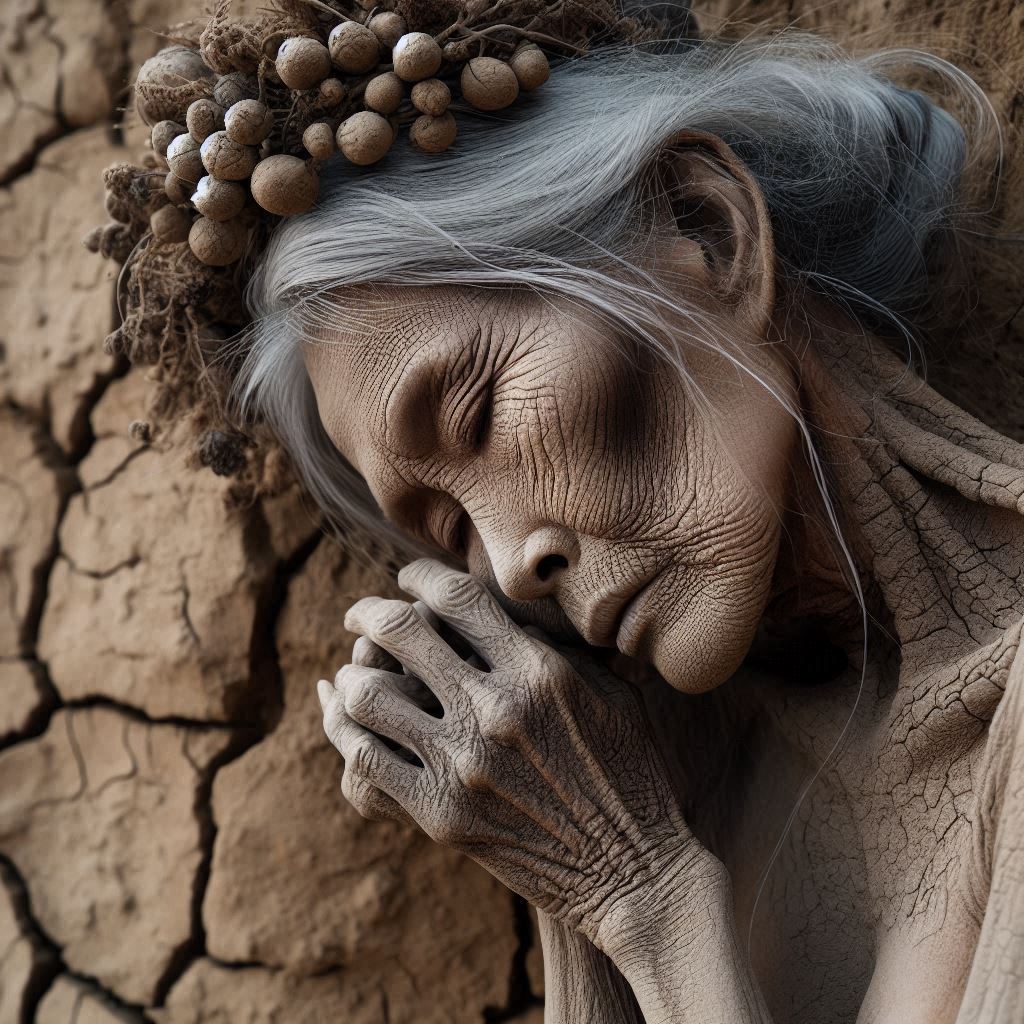
Amidst the despair and hardship faced by the community, a heartfelt prayer was jointly offered by Khambongba and Kettin Hangba, bearing hope for relief from the prevailing crisis. Their plea sought the intervention and assistance of Sodhungen Lepmuhang, a revered figure in Mudokum Seva Changma Den. Upon receiving their sincere entreaty, Sodhungen Lepmuhang embarked on a deep meditation to connect with Tagera Ninwafuma Mang, the supreme god revered for their infinite wisdom.
Guided by the divine knowledge bestowed upon him, Sodungen Lepmuhang conveyed a message of hope and reassurance to the troubled villagers. He made a solemn promise that all necessary relief would soon be provided, bringing an end to the suffering and distress that had gripped the community. Furthermore, he revealed that within a few days, Fenjiri Fen Samba Phedangba and his dedicated disciples would be dispatched to the village, offering their services and support to address the dire situation at hand.
As the days passed, the villagers held onto the faith instilled by Sodungen Lepmuhang’s words, eagerly awaiting the arrival of Fenjiri Fen Samba Phedangba and his compassionate followers. It was believed that their presence and efforts would mark a turning point, leading to the resolution and alleviation of the epidemic disease that had taken a heavy toll on the lives and well-being of the community.

Afterwards, in just a few days, Fenjiri Fen Samba Phedangba, along with his devoted disciples, made their way to the serene village of Sawa Yethang. Their footsteps echoed through the narrow lanes until they reached the humble abode of Kettin Hangba and Kettinma. With great reverence and purpose, they carried an offering of threads and carefully began to weave, encircling the crossed bamboo sticks eight to nine times, crafting the sacred Silam Sakma with the resonant chants of the Mundhum tradition. Following the auspicious installation of the Silam Sakma within the household, the occurrences of death ceased to haunt the village of Sawa Yethang. This inaugural Silam Sakma in the village of Sawa Yethang stood as a beacon of hope, a divine shield against the shadows of death.
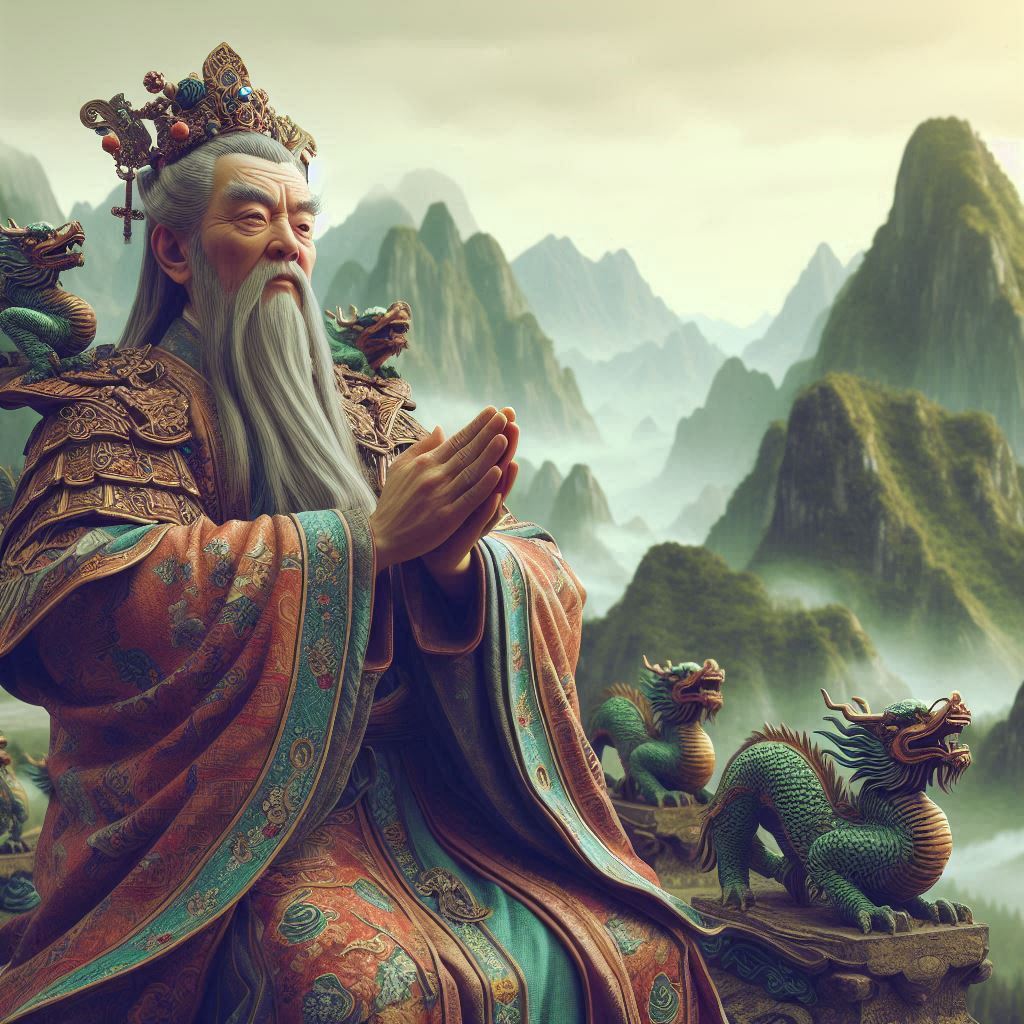
The ceremony culminated in the placement of the Silam Sakma above the hearth of Kettin Hangba and Kettinma’s dwelling, as the Mundhum relief mantra reverberated through the very air, sealing the sacred bond between the ritual and the household. A symbolic key was added to the chant, a potent symbol safeguarding all those within from the clutches of death itself. Witnessing the unfolding of this transformative ritual, the villagers of Sawa Yethang found solace in the belief that their collective fate was now shielded from the looming specter of mortality.
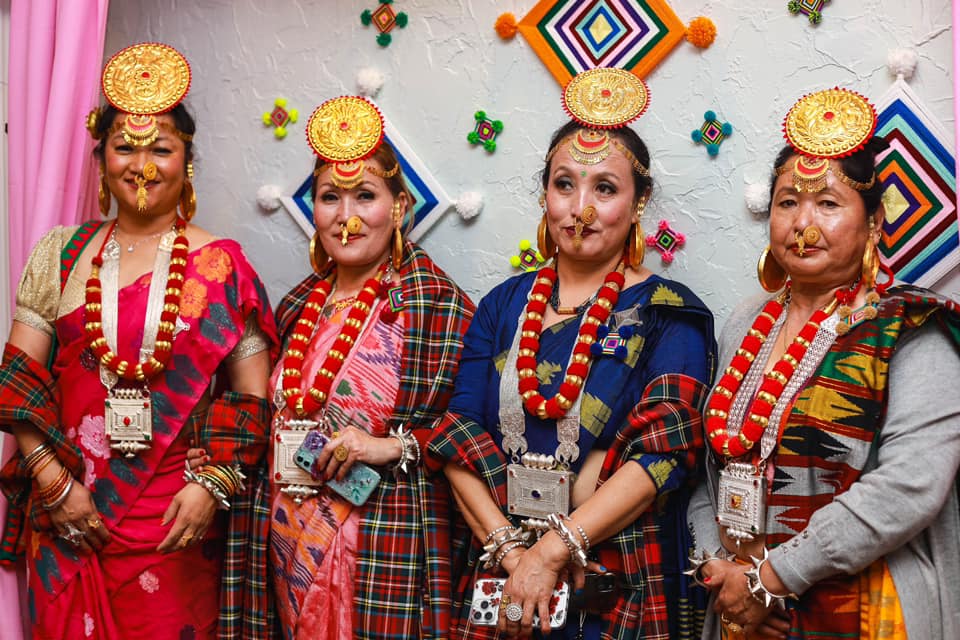
In the Limbu community, the significance of Silam Sakma prevails through generations, deeply rooted in tradition and spirituality. Silam Sakma, a fusion of Yakthung Limbu terms “Si-Lam” meaning Way of death and “Sakma” symbolizing ward off, holds a sacred place in their beliefs and rituals. It serves as a powerful symbol of protection against death and malevolent entities. Families honor this emblem by installing it prominently in their homes, an age-old practice aimed at safeguarding their dwellings from harm and ensuring the well-being of their loved ones. The enduring presence of Silam Sakma in their cultural practices underscores the enduring spiritual connection that the Limbu community holds with this symbol of divine protection.



